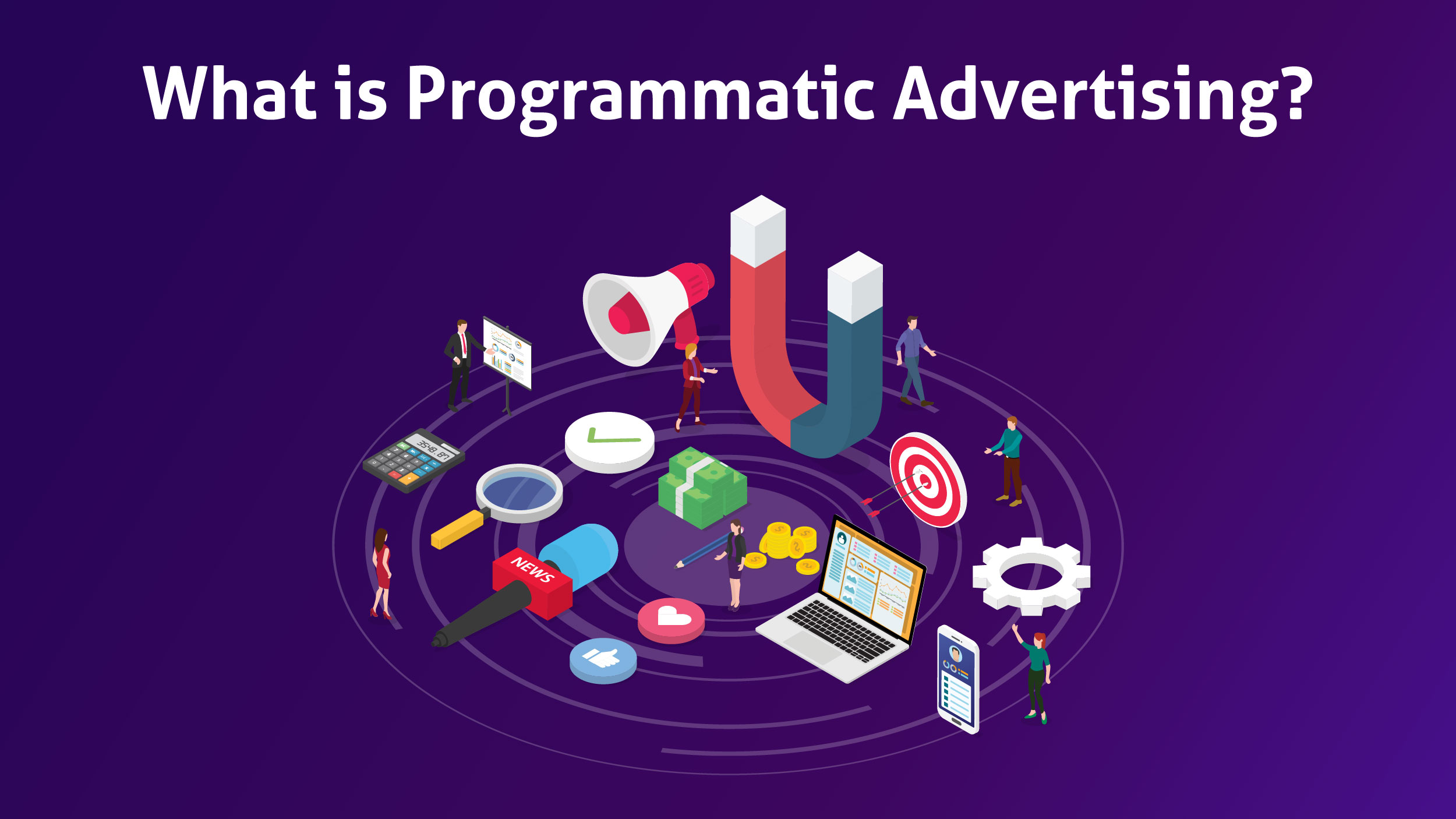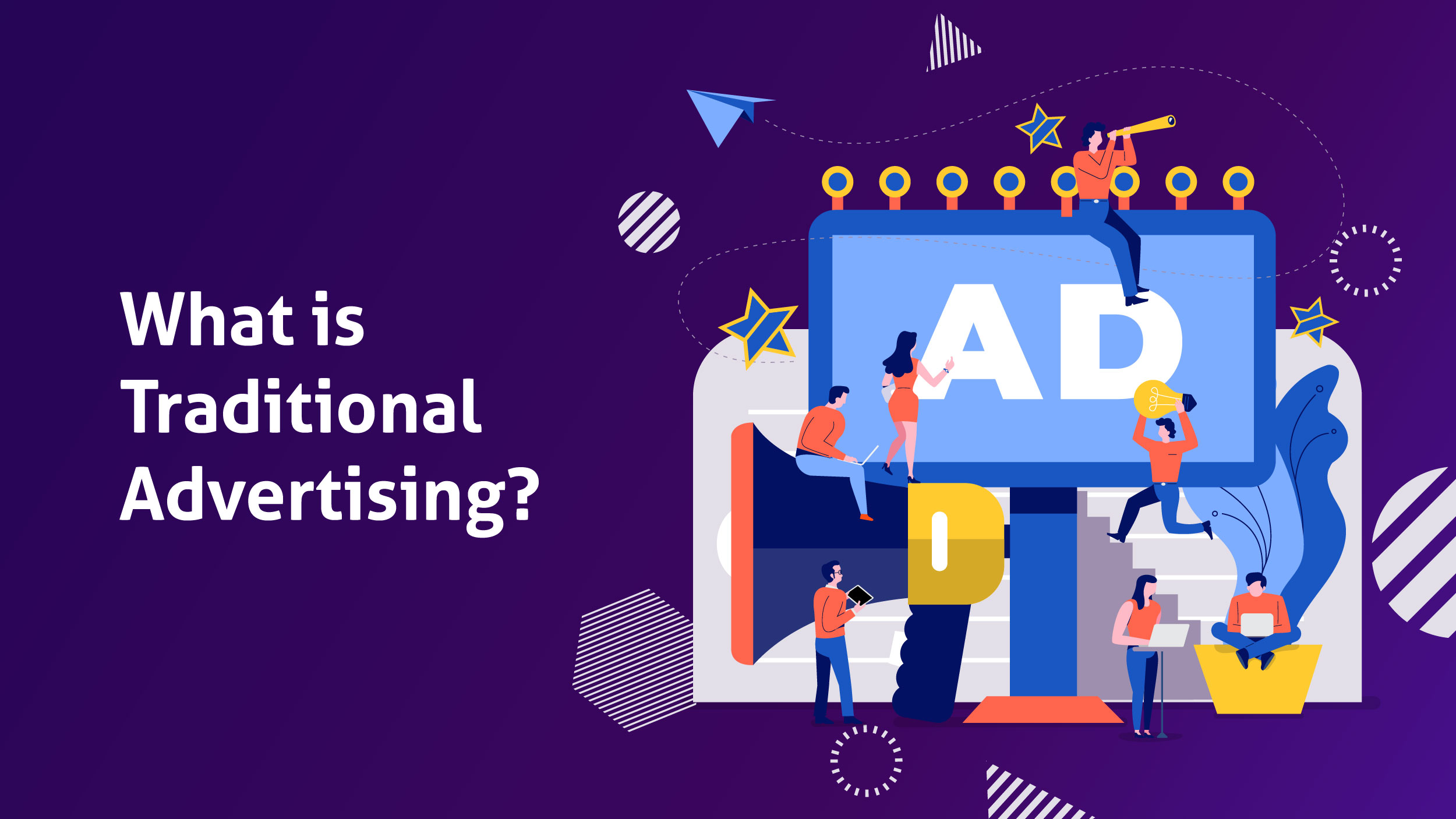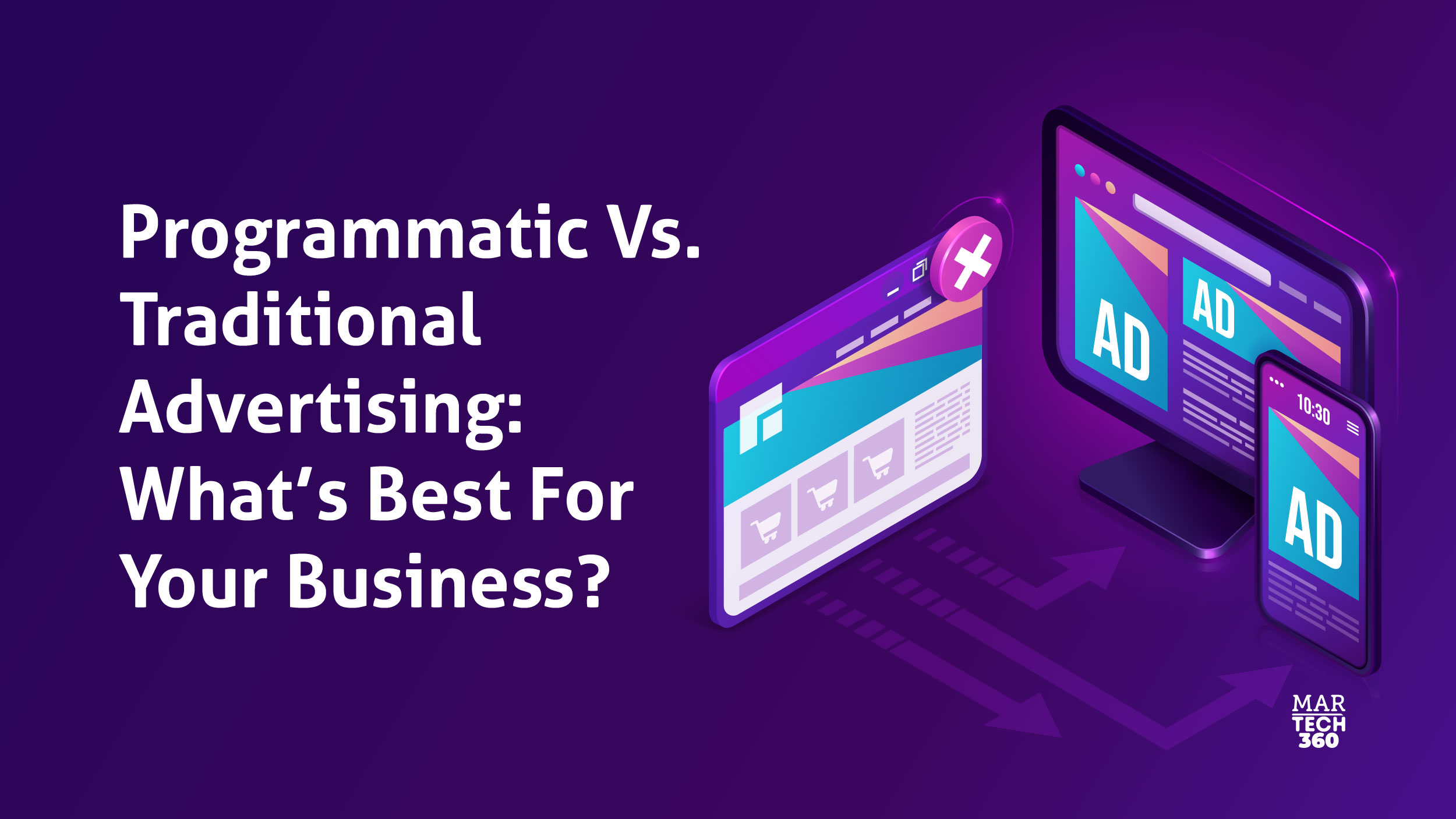Both programmatic and traditional advertising can aid in your product and service promotion and assist you in connecting with your target market. Which, however, will reward your efforts the most? We have the answer for you if this question is currently on your mind.
To help you decide which approach is best for your company, we’ll outline some of the main distinctions and advantages between programmatic and traditional advertising on this page. Read on to find out more!
What is Programmatic Advertising?
 Programmatic advertising is a type of digital advertising in which your ad management process can be automated. Through programmatic advertising, you can reach more members of your target audience by utilizing multiple online channels such as search engines, social media platforms, and others. Instead of manually managing your ad sales and purchases, programmatic advertising uses artificial intelligence to automate the process.
Programmatic advertising is a type of digital advertising in which your ad management process can be automated. Through programmatic advertising, you can reach more members of your target audience by utilizing multiple online channels such as search engines, social media platforms, and others. Instead of manually managing your ad sales and purchases, programmatic advertising uses artificial intelligence to automate the process.
In 2022, US advertisers invested almost $50 million in programmatic digital display advertising. Another statistic states that by 2026, programmatic advertising is projected to generate about 87% of total digital advertising revenue. While these numbers indicate the popularity and preference of programmatic advertising, the question of whether it is worth pursuing is still lingering in the minds of marketers.
What is Traditional Advertising?
 Traditional advertising refers to any form of advertising that does not occur online. Traditional advertising, in most cases, entails promoting your products and services through a variety of traditional advertising channels. As a result, traditional advertising allows you to reach a large number of consumers who may or may not be interested in your products or services.
Traditional advertising refers to any form of advertising that does not occur online. Traditional advertising, in most cases, entails promoting your products and services through a variety of traditional advertising channels. As a result, traditional advertising allows you to reach a large number of consumers who may or may not be interested in your products or services.
Simply put, traditional advertising refers to any non-internet-based form of advertising. It typically entails promoting products and services through various advertising channels.
- Television and radio
- Telemarketing
- Magazines and newspapers
- Direct mail
Traditional advertising helps you reach a broad consumer audience, regardless of their interest in your products or services.
So, What’s the Difference?
The market talks a lot about programmatic advertising and why it’s been advantageous over the years. There has also been discussion about why programmatic ads should be used and how they have impacted traditional media buying. So, what’s the difference?
| Programmatic | Traditional | |
| Purchasing | Digital ads are purchased and sold in an automated fashion using specialized software. | Ad buyers and publishers manually buy and sell ads. |
| Efficiency | Programmatic advertising is a fast and efficient way. It reduces human effort and costs less. | Traditional media is sluggish and time-consuming. Also, the manual efforts required are costly and prone to human error. |
| Pricing | The ‘real-time bidding’ mechanism is used in this case. Ads are traded on a precision basis, with the cost determined by need and demand in real-time. | The publisher who advertises the ads in the resource negotiates, purchases, and monitors the advertisement. Advertising costs are directly related to the publisher’s decisions and requirements. |
| Process | It is an automated process that consolidates all data into a single dashboard. This information can be used internally to trade dynamically. | It is a manual process in which you purchase directly from the seller. and frequently exchange trade requests |
| Optimization | Real-time data allows for optimization at any interval as needed. Interval optimization allows you to focus on the targets that generate the most revenue. | You won’t be able to optimize until the project is finished. The agreement between the publishers and the seller is solely responsible for project optimization. |
| Analytics | It enables precise targeting and granularity, makes the process transparent, and offers data on expenditure. | It has shortcomings in targeting and granularity. It makes the process less transparent and makes tracking expenditures difficult. |
Programmatic advertising is completely automated; it helps save time, reduces effort, automates repetitive tasks, and enables advertisers to buy ad space on millions of websites. Traditional advertising, on the other hand, allows advertisers to manually evaluate an audience prior to ad delivery, allowing them to test the effectiveness of their ad campaign before it goes live.
Traditional advertising gives publishers access to large brands with large budgets, which are difficult to find in the programmatic world right now. As a result, while it is profitable for some publishers, it is more expensive than programmatic advertising.
When it comes to advertising, which option is best for your business?
Deciding between traditional and programmatic advertising depends on various factors. The best strategy for your business must be determined based on these factors.
If your company has a limited marketing budget and wants to target a local audience, traditional advertising methods can be a great choice.
Programmatic advertising is an effective approach for maximizing ROI, monitoring campaign performance, and utilizing advanced targeting to reach your target audience. Programmatic advertising allows for the creation of personalized ads that connect with your target audience.
What is the final verdict then? Promoting your brand to potentially billions of users on search engines, social media platforms, and other channels is the ideal method to raise brand awareness and widen your audience.
Programmatic advertising is the way to go if you want to increase sales and revenue for your company.


Comments are closed.